Reolink Argus 3 Review
The latest release in Reolink’s Argus series goes totally wire-free and solar, for true convenience and flexibility.

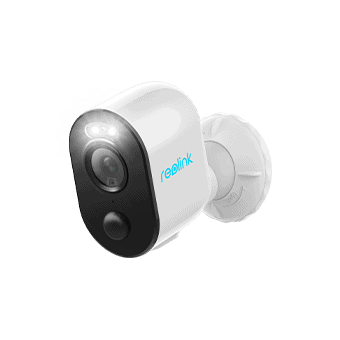
SafeHome.org may receive compensation from some providers listed on this page. Learn More
We may receive compensation from some providers listed on this page. Learn More
The latest release in Reolink’s Argus series goes totally wire-free and solar, for true convenience and flexibility.


Editor’s Note: Reolink’s Argus cameras are good, but the Nest cameras sold by ADT are much better. Their cameras bundled with entire home security systems are some of the best packages available right now. Check out our ADT price guide to learn more.
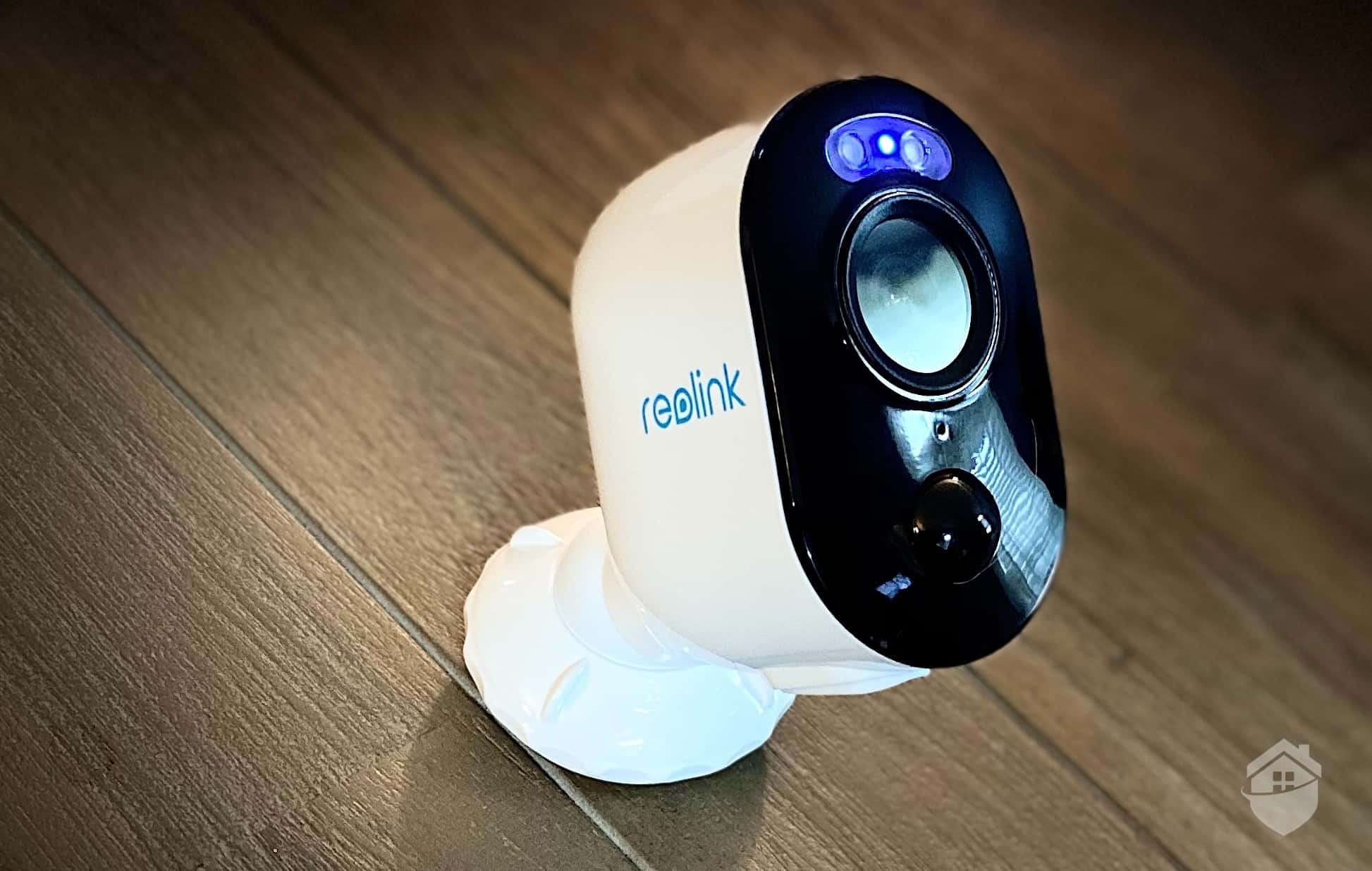
Reolink Argus 3 on Table
Free at last! The latest version of Reolink’s Argus line of security cameras, the Argus 3, is one of the most flexible cameras we’ve ever reviewed. That’s due, primarily, to the addition of three key features: a built-in rechargeable battery, an integrated spotlight, and solar compatibility.1
As we prepared to review the newly released Argus 3,2 we took note of all those exciting upgrades, as well as a cosmetic facelift that gives the camera a design-forward look and feel. We dug into each of those features, along with the more common characteristics of Argus 3, to see how it stacks up against top-of-the-industry security brands like Ring and Google Nest. And, we paid extra attention to how Argus 3 compares to the experiences we had with Argus Eco and Argus 2, the Argus 3’s wireless predecessors.
Join us as we continue our journey through Reolink’s ever-expanding lineup of security cameras, with our hands-on review of Argus 3.
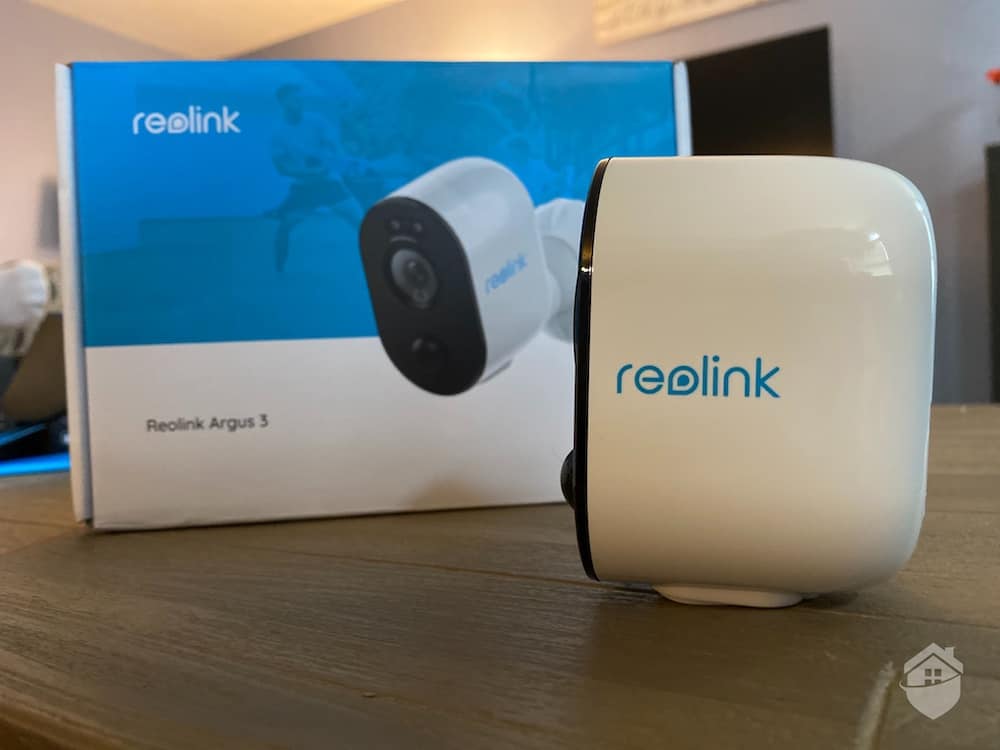
Reolink Argus 3 and Box
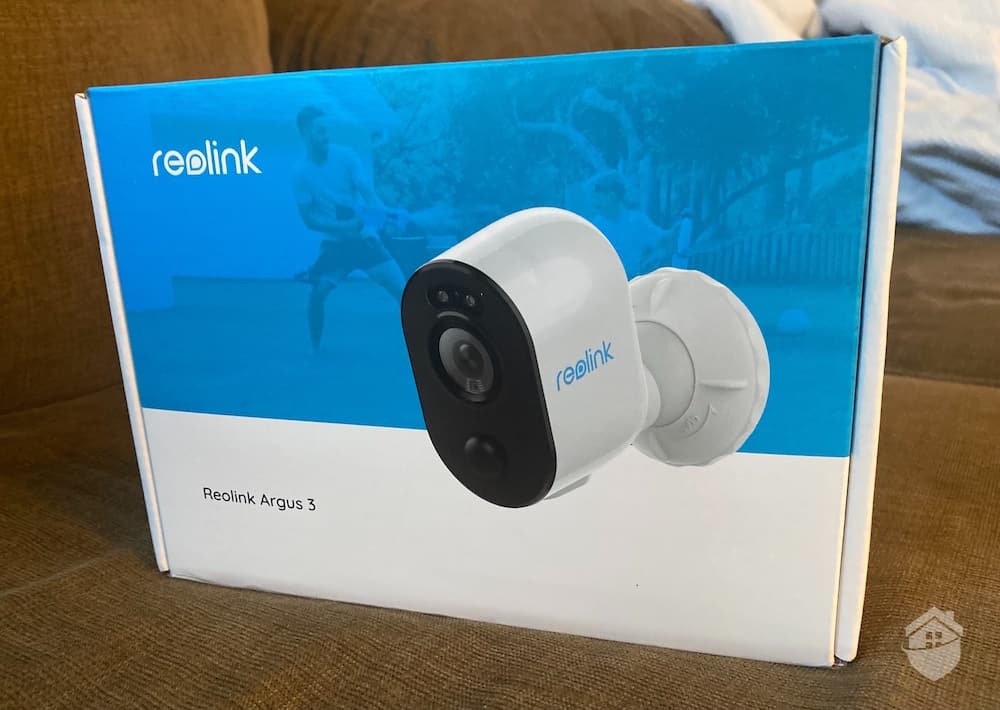
Reolink Argus 3 Packaging
The freedom from wires was evident from the minute we opened the box. Why? Because Argus 3 doesn’t even come with a power cord. Just some simple hardware, two mounts (one magnetic, the other ball-joint), the camera, a safety strap, and an instruction manual.
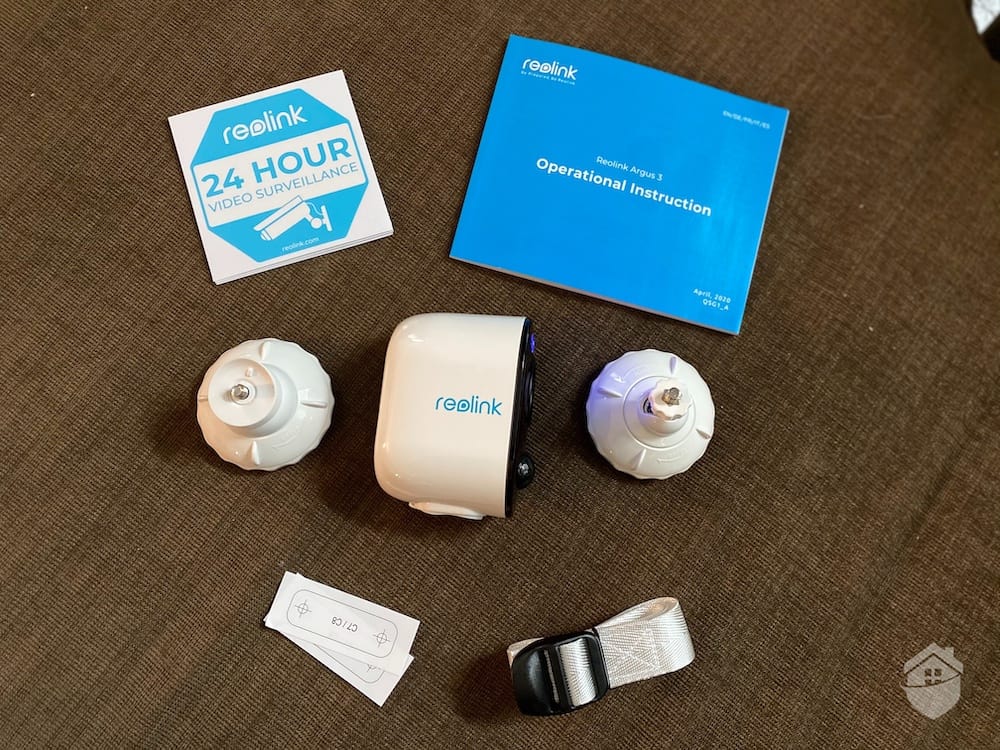
Reolink Argus 3 Parts
What’s not included, however, is a solar panel. Though our Argus 3 boasts solar panel compatibility3 – with some users even going so far as to call it a “solar camera” – it is important to remember that the camera does not actually come with a solar panel, so you’ll have to buy that separately.
Pro Tip: If you’re suddenly thinking, “Hey, I don’t need to buy a solar panel, I have one already,” think again. As it turns out, the only solar panel that works with Argus 3 is a Reolink solar panel. No cross-pollination allowed here, unfortunately.
Knowing this, we came prepared with our Reolink Solar Panel 2: a slimmer, lighter version of the original.
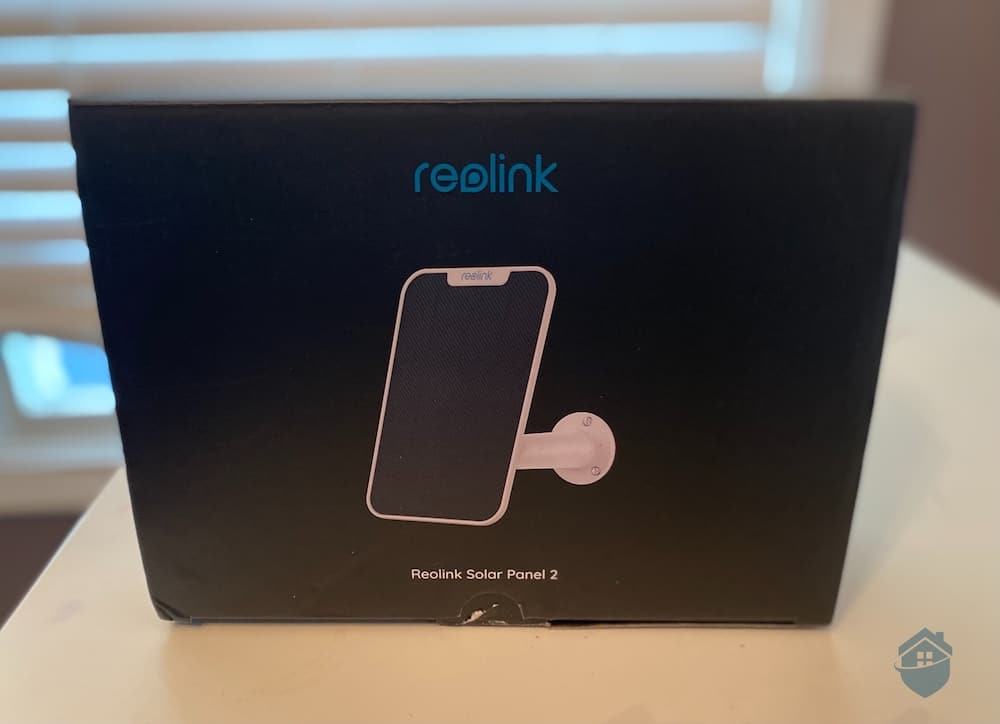
Reolink Solar Panel Packaging
This was truly thrilling for us, for one key reason: Our home doesn’t have many exterior power outlets. This has hampered us in the past when it comes to installing security cameras, so needless to say, having the power of the sun in the palm of our hands opened up a world of possibilities for us.
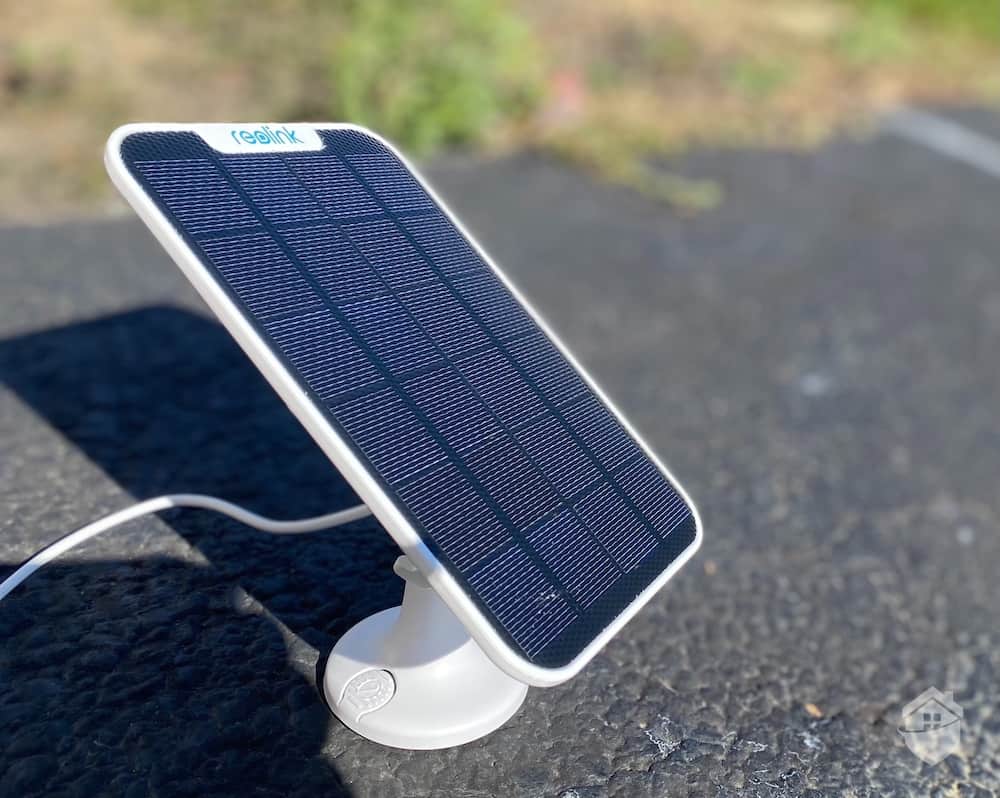
Reolink Solar Panel
Having previously been restricted to just a few spots to place an outdoor camera, we now felt liberated, ready to set our sights on some new, never-before-seen angles and locations around our home, without worrying about the camera’s proximity to an outlet. That’s the beauty of solar energy; it’s pretty much boundless.
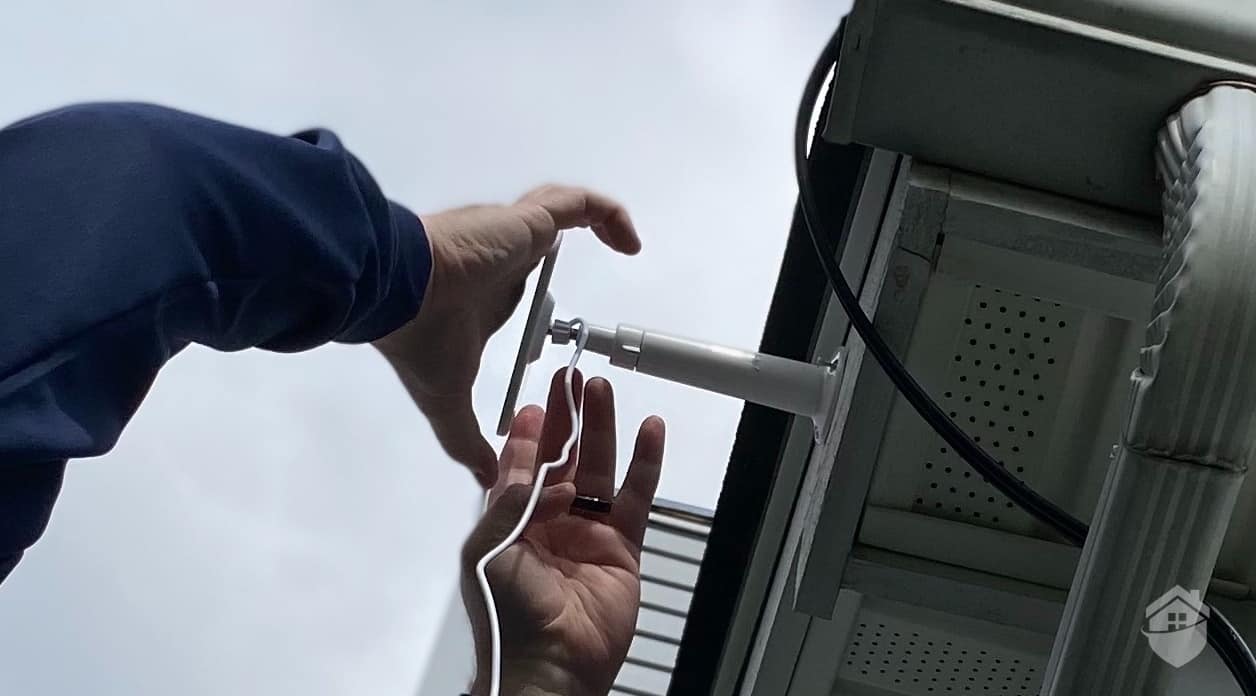
Installing the Reolink Argus 3
So with Argus 3, we envisioned a sprawling view of our backyard, an area of our home that’s been somewhat neglected as far as security. To do this, we knew we were going to need our ladder and drill, which is admittedly not our favorite part of the installation process. But we felt it was worth it this time, in order to really harness the power of this camera.
Because here’s the thing: Where this camera really excels is in the amount of detail it can pick up in its path, like the precise color of a burglar’s shirt, or the make and model of a getaway car (maybe even the license plate number!). That’s all thanks to its powerful LED spotlight and 2-mp starlight CMOS sensor, which delivers full-color images in 1080p day or night.
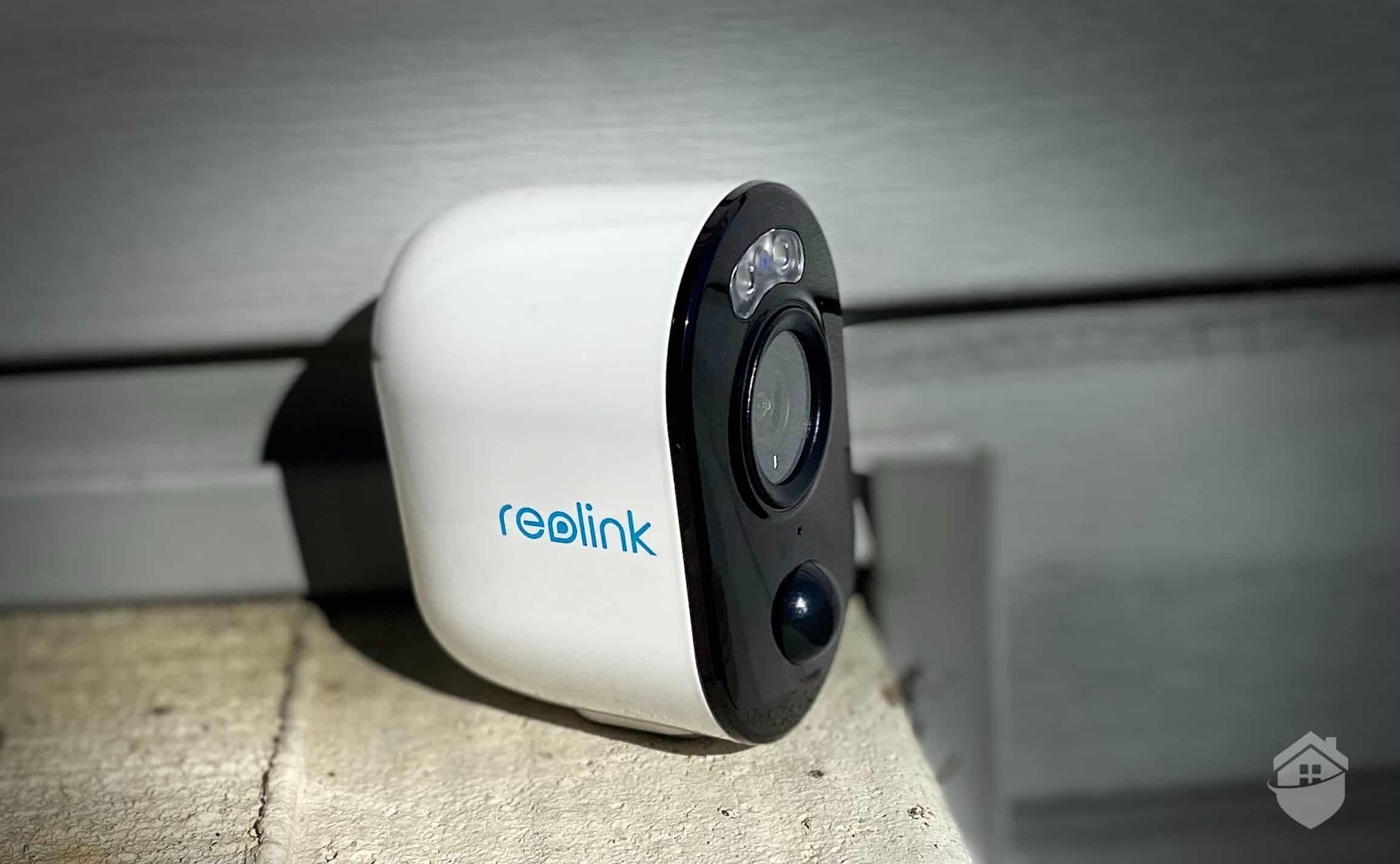
Reolink Argus 3
And that’s not even counting the solar panel. With this addition, we liked knowing we wouldn’t have to climb back up, dismount the camera, and recharge a dead battery any time soon. It’s those kinds of supercharged features that you really don’t want to miss out on when you own a camera like this.
Now, before we get too ahead of ourselves, we’ll just say the Argus 3 looks good on paper with advanced features. But we wanted to take the camera to its limits to see how it performed in real-life situations. Would it stack up to some of our favorite devices like Lorex Wi-Fi cameras or Ring’s Spotlight Cam? Let’s find out.
FYI: Other than Reolink, we’ve only seen one other security camera offer a solar option: Ring’s Spotlight Cam. While we’re really glad these two security cameras have added this option, keep in mind that using a solar panel to power your camera doesn’t completely eliminate the need for wires. Hence, the inevitable limitation of wireless technology: Eventually, even for a short time, you do have to plug the thing in.
As with any Wi-Fi-enabled security camera, there was one very important step to address with Argus 3: Setting up the camera with our Reolink mobile app.
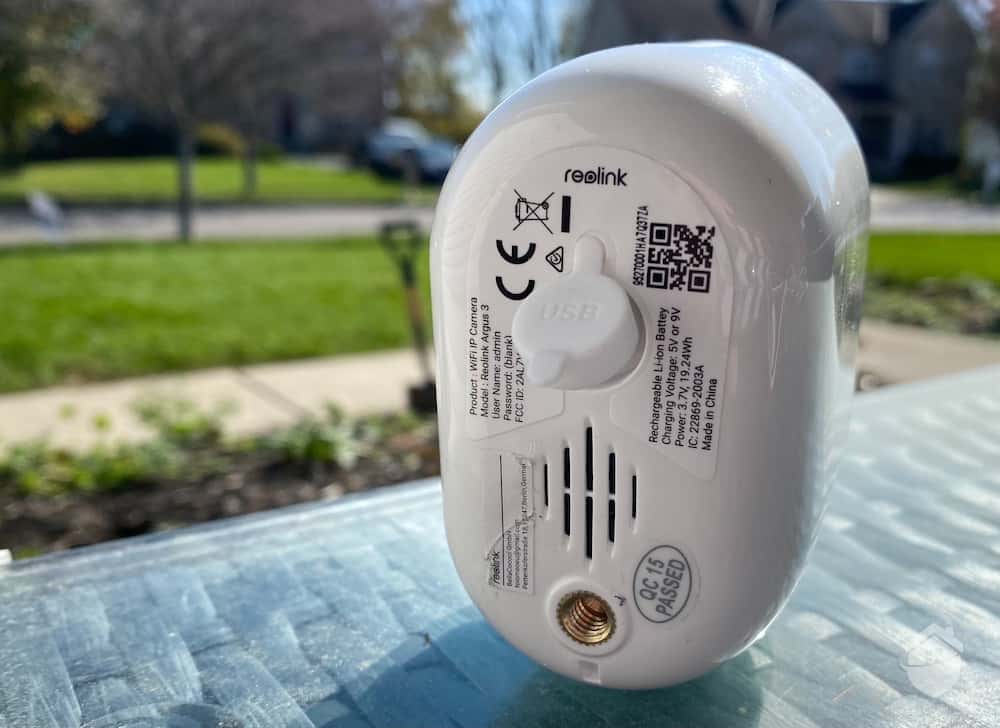
Back of Reolink Argus 3
This, thankfully, had been a pretty straightforward process that mirrored our previous experience reviewing Reolink cameras, and so it was with our Argus 3. Using the QR code on the back of the camera, we followed the voice prompts on the camera and were synced with our Reolink app in no more than 4-5 minutes.
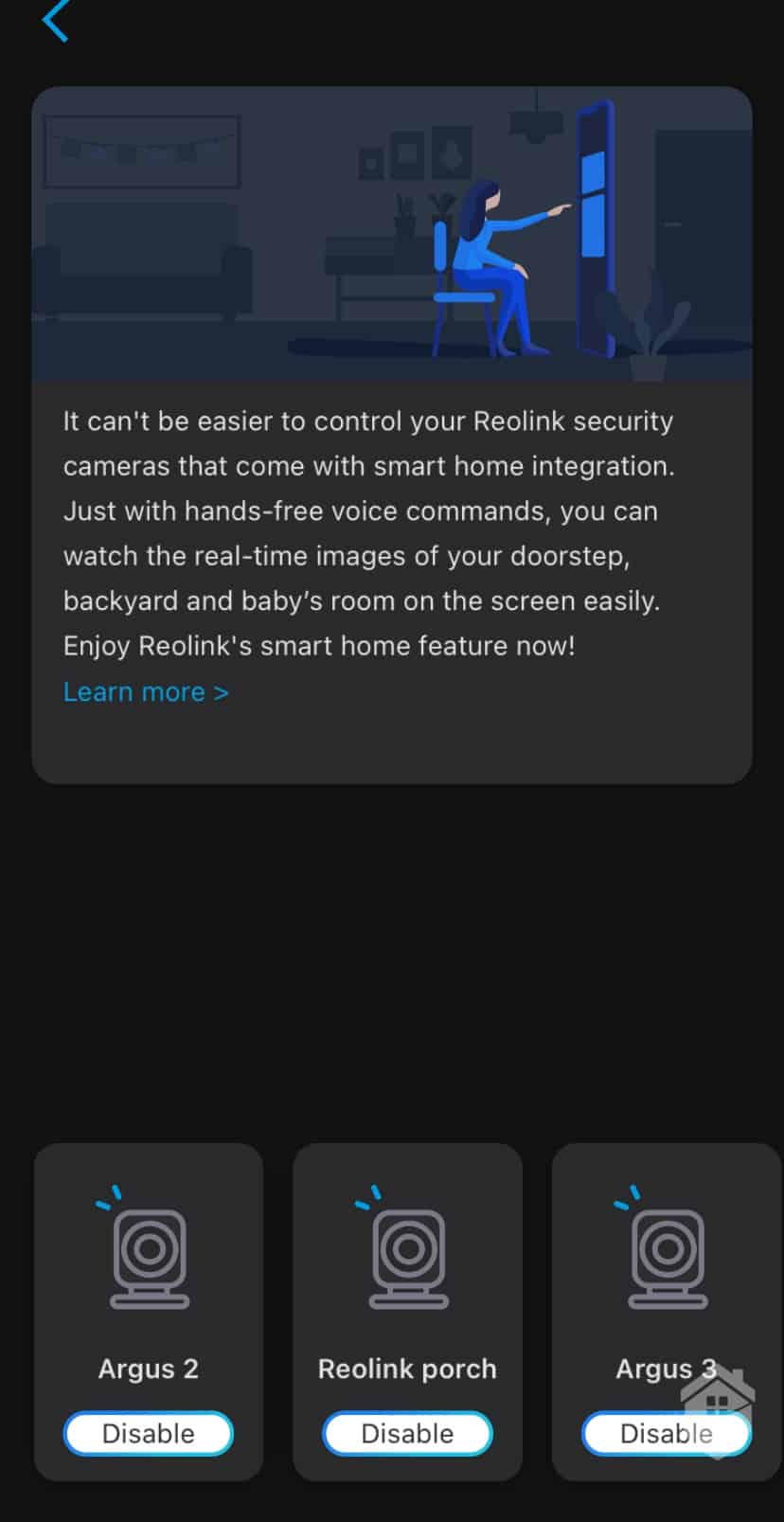
Syncing the Reolink Argus 3
Before we dive too deeply into the Reolink mobile app, we’ll say this: Security camera apps are a mixed bag. Some brands provide default settings that allow your camera to come to life as soon as it’s finished syncing with the app. Others we’ve reviewed, like Ezviz’s WiFi cameras, have required a bit more manual fine-tuning. It all depends on how much control you want to have over your security cameras.
With that out of the way, let’s dig into our full experience with Reolink Argus 3, starting with image quality and resolution.
As promised, our Argus 3 produced sharp, clear 1080p HD video day and night, delivering the quality we’ve come to expect from security cameras these days.
But, there is one caveat here. Since Argus 3 is a Wi-Fi camera, it needs a stable Internet connection to do its best work.
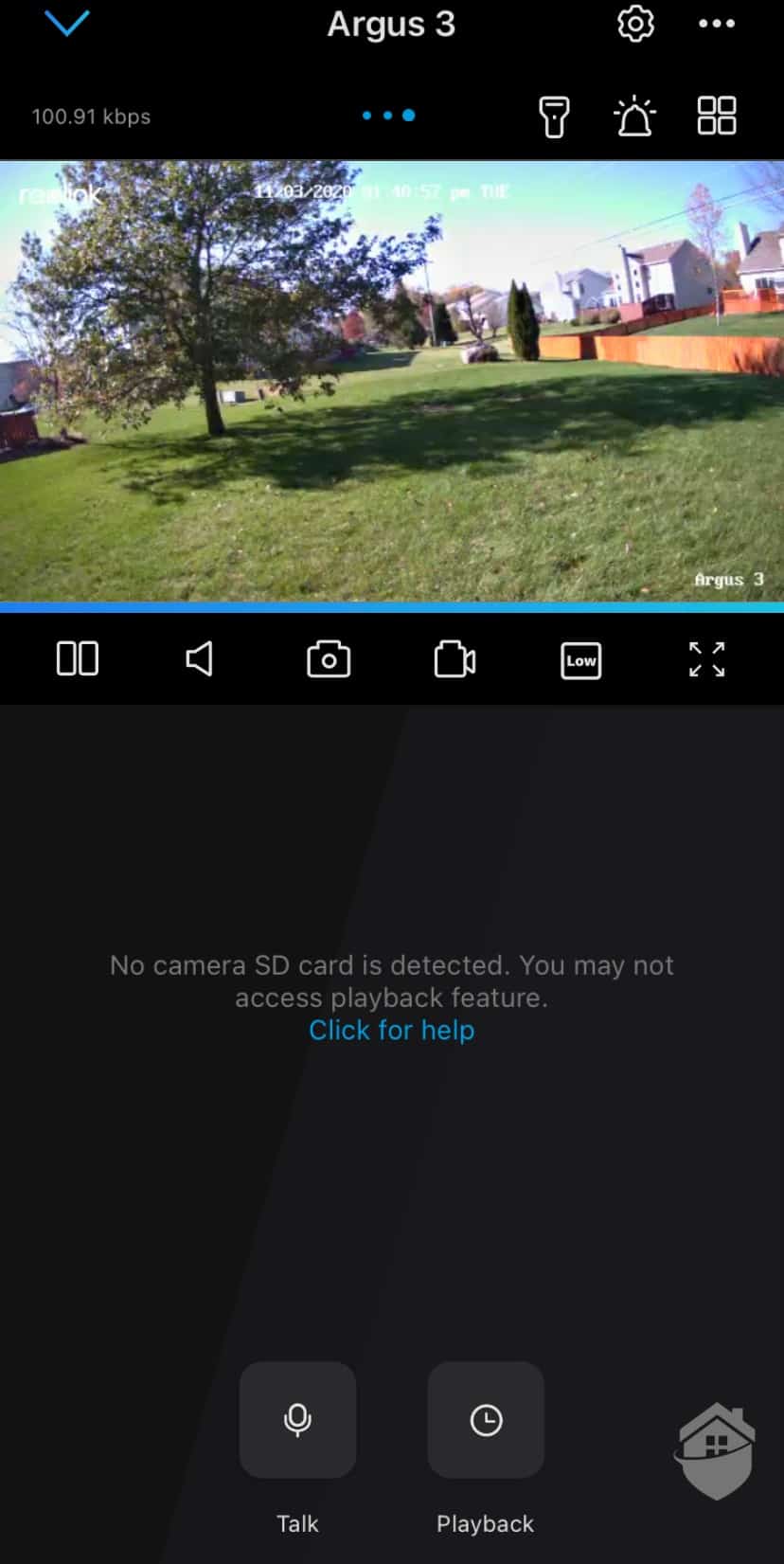
Reolink Argus 3 Live View
Yet, as we’ve seen in a few past review experiences, home Wi-Fi networks sometimes have a mind of their own. Living in a rural area, we’re used to seeing ours occasionally buffer and blip, so we pay extra attention to video resolution in security cameras, especially Wi-Fi cameras. We do this because higher-resolution cameras tend to pull more of our Wi-Fi’s bandwidth, which can slow them down. So while getting a crystal-clear 1080p picture from a camera is super important, you don’t want to be overloading your network, either.
That’s why we were pleased to find that Argus 3 lets us adjust the camera’s resolution to account for any inconsistencies in the speed of our Internet connection. This is a great feature that makes the camera flexible whether you live in the city or out in the country.
This is really what sets Argus 3 apart from other Reolink cameras: A super-powerful LED spotlight that’s triggered automatically by motion. Coupled with the camera’s solid set of motion features and color night vision, we were able to see the kind of detail that could really come in handy in the event of an actual crime-in-progress.
We see in the above video, for example, that my jacket is blue, my hair is brown, and I’m wearing a hat.
The last camera brand we reviewed before we immersed ourselves in Reolink cameras was Swann, a slightly cheaper camera than Reolink. Those cams, as you might remember, lacked color night vision and other advanced features. In our hands-on review of Swann security cameras, we had a decent view during the day, and the overall experience was pleasant. But as far as night vision, our view was not nearly as detailed as our picture from the Argus 3.
Just something to keep in mind as you’re comparing home security products: Integrated LED’s and color night vision usually does cost more than traditional black and white night vision, but if you want crucial details in your video, it might be worth ponying up a few more bucks.
One of the most important features we focus on in security cameras is motion detection; in other words, how well will the camera sense the motion of someone who might be lurking outside, and will we be alerted instantly if that happens?
In the case of Argus 3, we had to turn on push notifications in our device settings to start getting alerts when motion is detected. This is something we remind ourselves from time to time in our vast experience with security products: Not all apps are created equal, just like not all homes require the same type of security camera or home security system.
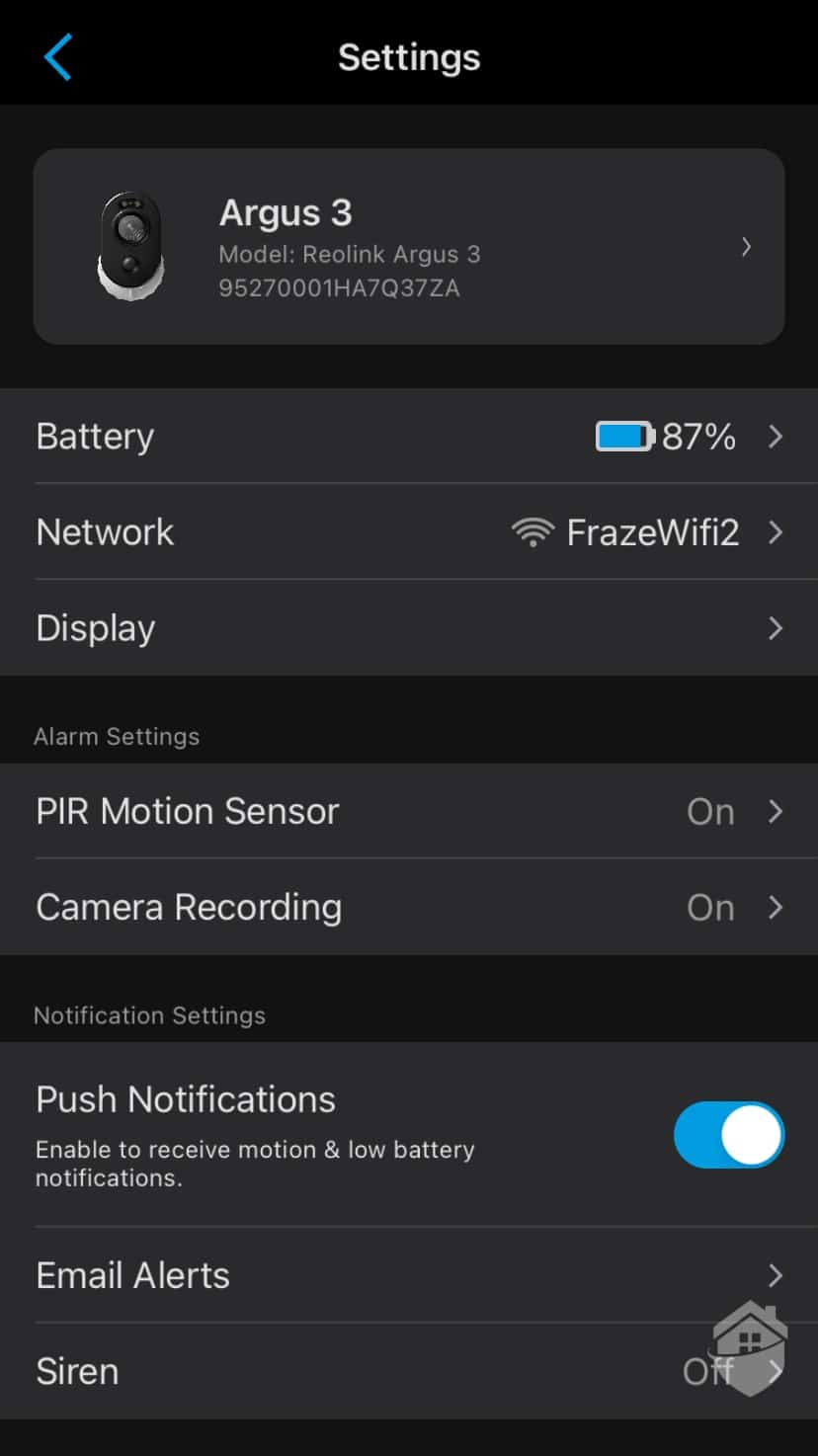
Reolink Argus 3 App Settings
Turning away from the app for a moment, we started to notice the wind picking up outside. This is pretty common around this time of year in Central Ohio; as temperatures fall and winter looms, those strong midwestern winds can get pretty serious.
With those conditions setting in, we started watching our push notifications as they began popping up faster and faster, telling us there’s motion in our backyard.
Each time, the video looked much like this:
This certainly wasn’t our first encounter with false and unwanted notifications. Clearly, the camera’s PIR motion sensor4 – which uses heat to register motion – was picking up our tree swaying in the wind.
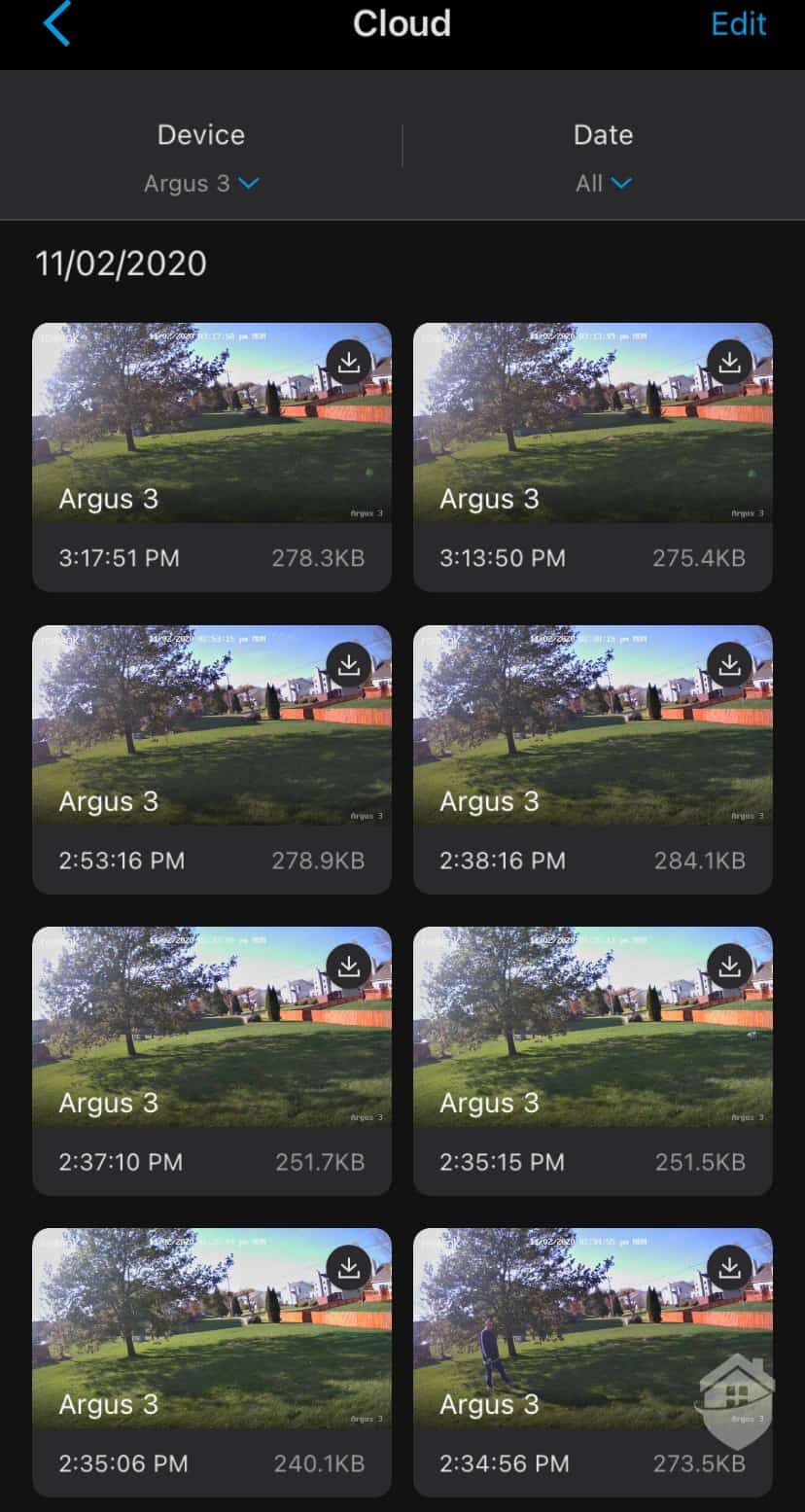
Reolink Argus 3 Motion Alerts
Despite our first couple of attempts to reduce unnecessary motion alerts, we still had this flurry of notifications coming in rapid-fire succession, and we wanted it to stop. First, we explored Argus 3’s PIR motion sensing. We’ve seen this feature before; it’s the type of motion that is triggered by body heat, which is supposed to help us avoid getting notifications we don’t want, like wind-blown tree branches or leaves.
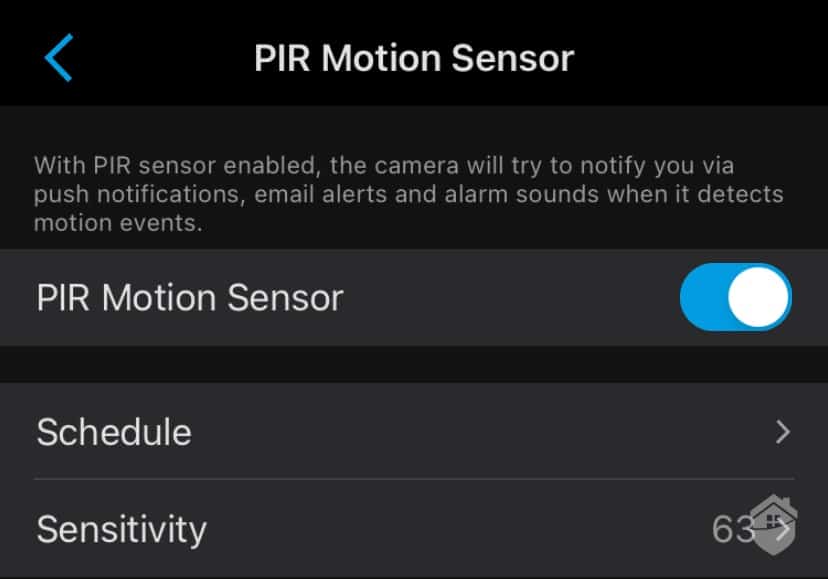
Reolink Argus 3 PIR Motion Sensor
This, we learned, has some limitations. PIR motion sensing isn’t quite as precise as, say, a camera with person detection. In our side-by-side comparison of Reolink’s cameras with Lorex, a brand that offers advanced motion capabilities, we liked the option Lorex gave us to tailor our motion according to what we wanted to see (person, vehicle, or all motion). This helped us make sense of what goes on when we’re not looking, whether it be occasional wildlife sightings, a neighbor cutting through our yard, or our visits from the friendly UPS delivery man.
Now, with Argus 3 in the hot seat, we needed a way to eliminate the unnecessary notifications so we could focus only on motion that matters – especially at night, when visibility is at its lowest.
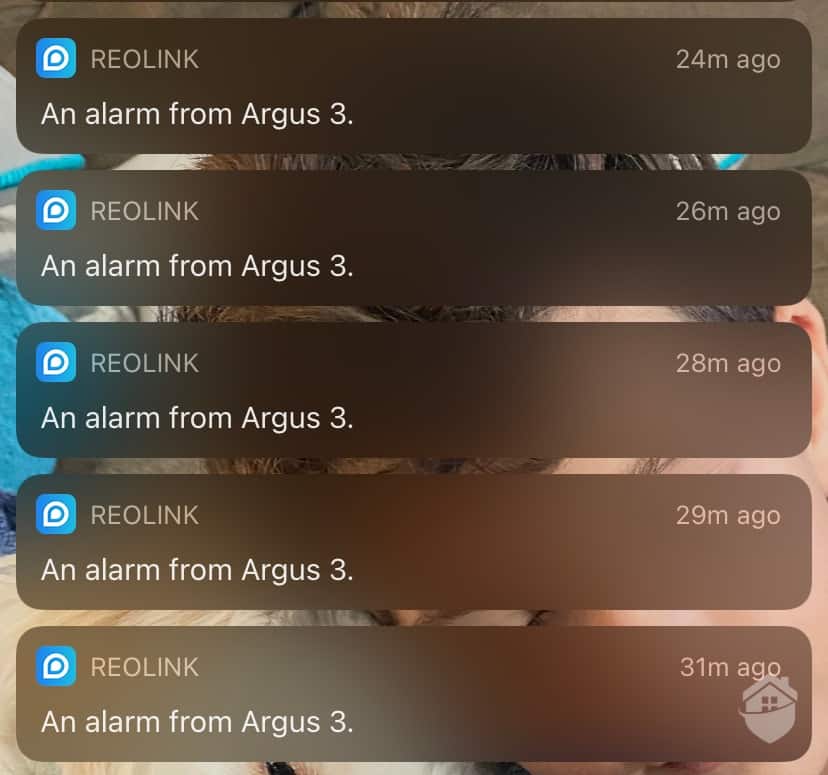
Reolink Argus 3 Alarms
We went to work remedying this, and truth be told, it took a little while to get this right. First, we tried moving the angle of the camera downward so it would focus on less of the tree and more of the ground. This reduced the onslaught of false alerts, but didn’t eliminate them entirely.
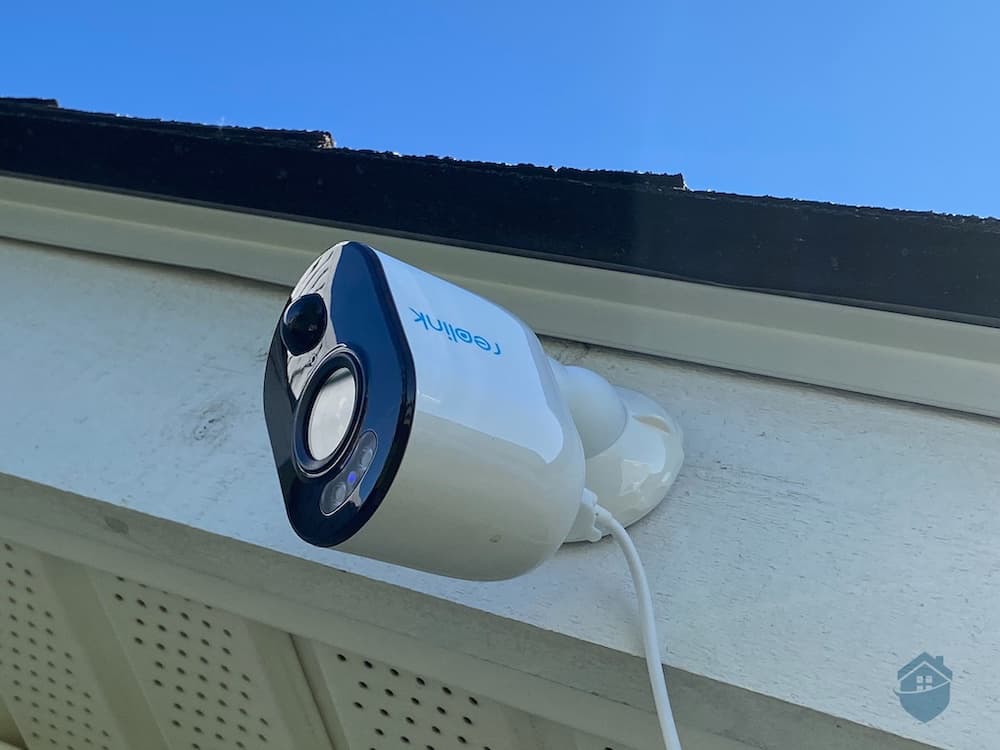
Reolink Argus 3 – Mounted On Roof
After that, we went into our motion sensitivity setting and reduced the sensitivity slider from the default 80 down to about 60. We didn’t want to lower that number too far down, lest we might miss something critical.
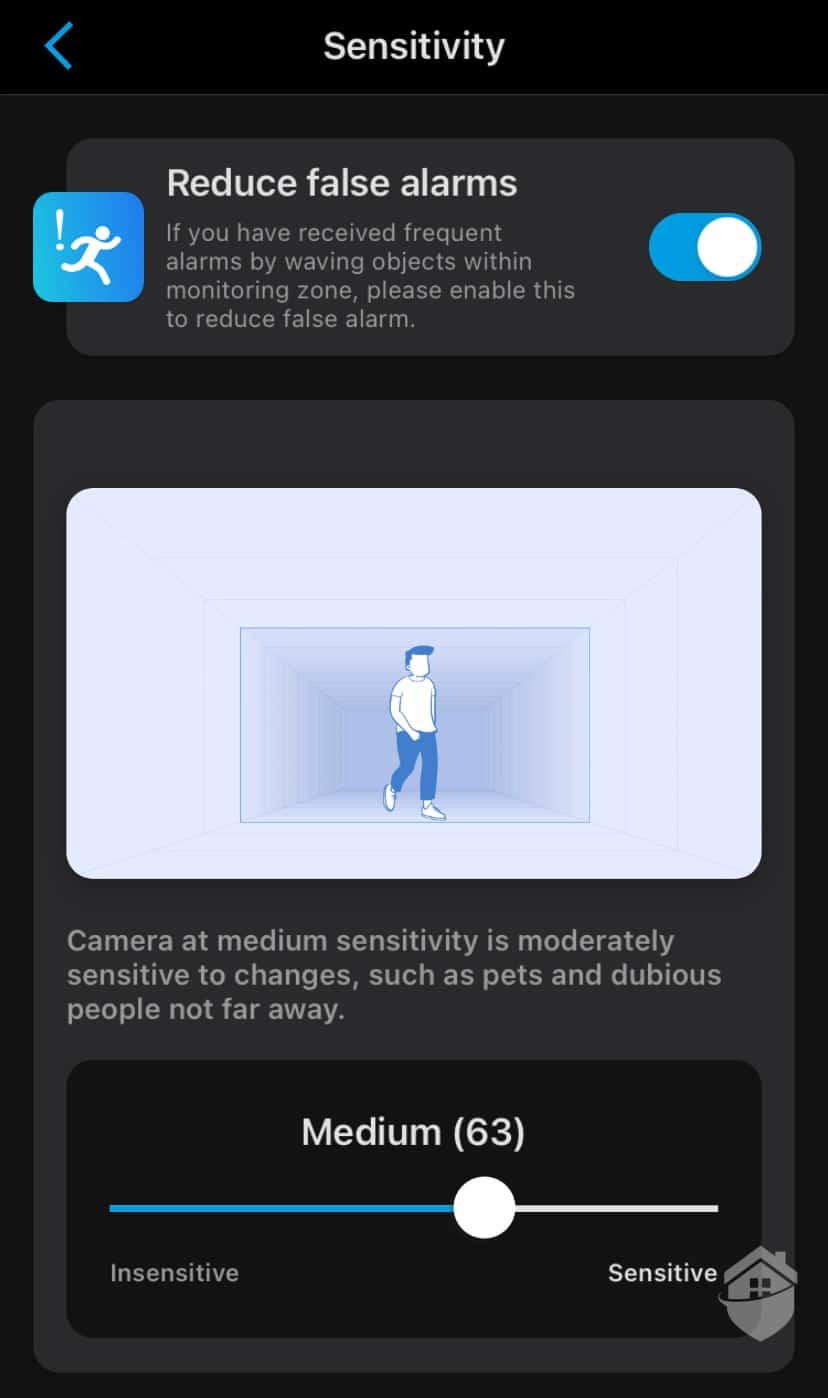
Reolink Argus 3 – Motion Sensitivity
After seeing little progress there, we tried one last option: privacy masking. This is where we were able to draw a box over the tree to basically render it invisible to the camera’s motion sensor. We did this a bit reluctantly; the truth is, we like our tree, as it attracts beautiful birds like blue jays and cardinals, thanks in part to our next-door neighbor’s abundance of bird feeders and baths.
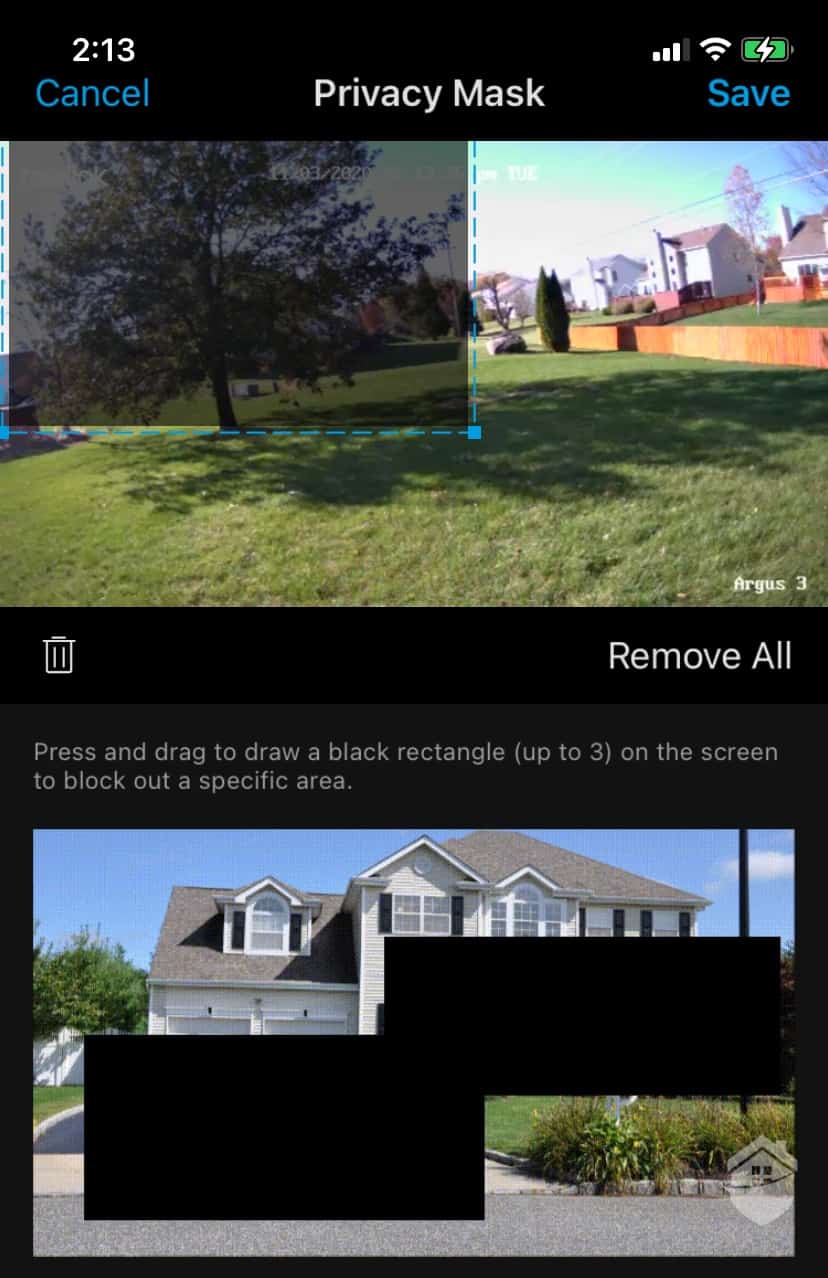
Reolink Argus 3 Privacy Masking
With one swift motion, we drew a box and made our tree disappear. And that, finally, solved the problem.
Knowing that outdoor conditions can change in a matter of seconds, and that random and unexpected motion can happen at any time, it’s great having so many options to customize the camera to make it work for our space. But we can’t help wondering if the absence of more advanced features like person detection, which Google Nest’s cameras happen to do remarkably well, would have made the experience a bit smoother.
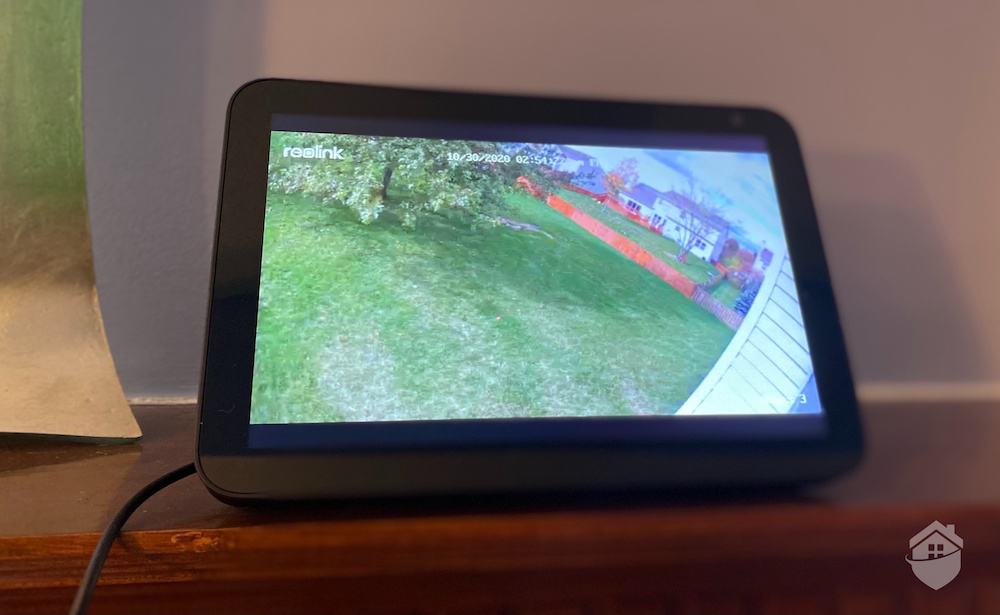
Reolink Argus 3 on Alexa
With Reolink’s fairly recent addition of smart home compatibility with both Amazon Alexa and Google Assistant, we were pleased to find a simple, hassle-free way to connect our camera to both Amazon Alexa and Google Assistant smart home devices. This is increasingly becoming a must-have feature in home security, so it was only natural that Reolink would hop on board, too.
So now, in addition to getting our “morning updates” with news, weather, and traffic reports from Alexa herself, we could now start our day checking out our Reolink cameras, making sure all is well on the home front.
Like its Argus predecessors, Reolink’s Argus 3 has two options for video storage: a micro SD card or a Reolink Cloud plan. After all, you’re going to want a place to store all those videos, right?
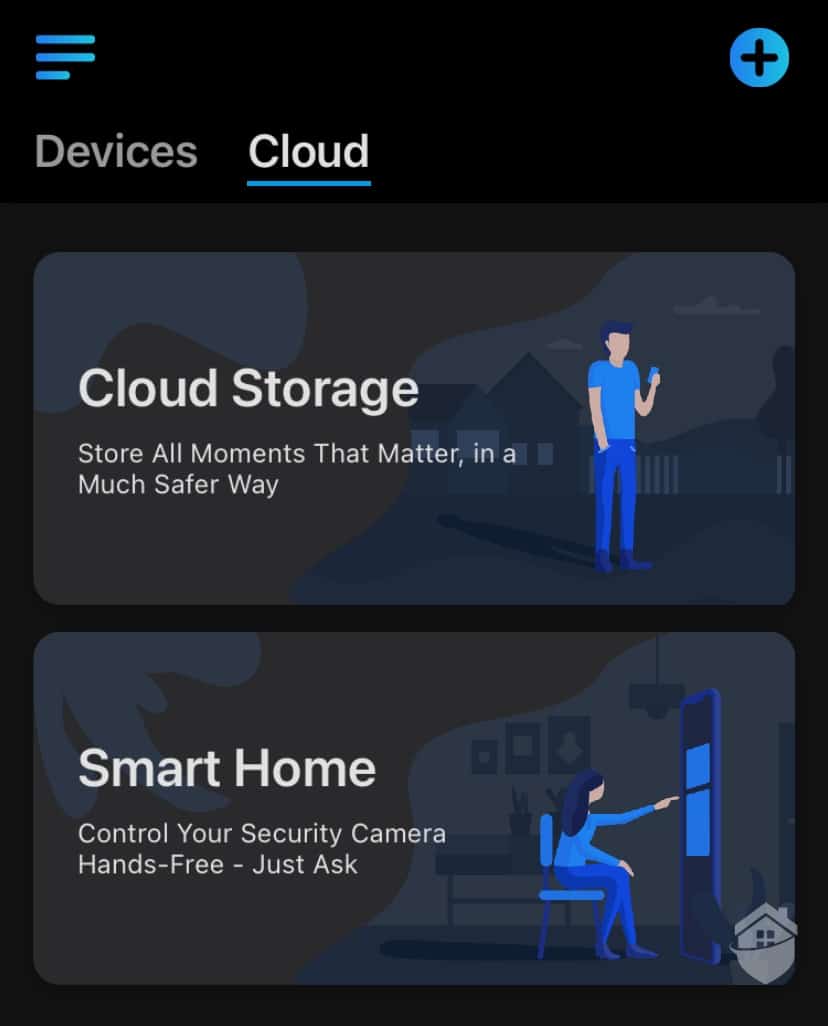
Reolink Argus 3 Cloud Storage
But here’s one thing to remember: If you sign up for cloud storage, you will only be able to view your motion videos by navigating to that Cloud Storage tab. If you’re using a micro SD card, those videos will appear under the Devices tab, where you can access the camera’s live view at any time.
Either choice gave us a simple point of access for all our videos, where we easily downloaded clips, shared video with others, and snapped screenshots. For instance, when we wanted to see what time of day our dog had last been let out, I simply downloaded the video in question and shared it with my husband, who was taking a walk. Not a bad way to settle an argument, right?
Quick video download and sharing will also come in handy if a burglar or porch pirate targets your home. After all, video evidence can be crucial when it comes to criminal investigations. Again, this is another example of Reolink’s adherence to flexibility, and it’s presented in an organized, intuitive way.
Did You Know? Reolink has dark mode! This might not excite you as much as it excited us, but we can get a little screen-weary over here, and we could use a break from the harsh blue lights of traditional app interfaces. In this case, dark mode was a welcome option.
For a wireless outdoor camera with a motion-activated spotlight, $109.99 is a highly reasonable price. But, just as a reminder, that price does not include the solar panel, which costs $30.
For comparison, we broke out a few of Reolink’s cameras and their prices below.
| Reolink Camera | Type of Camera | Key Features | Price |
|---|---|---|---|
| Argus 3 | Outdoor Battery/Solar | 1080p HD Built-In Motion Spotlight Starlight Night Vision Two-Way Talk |
$109.99 |
| Argus 2 | Indoor/Outdoor Battery/Solar | 1080p HD Starlight Night Vision Two-Way Talk Weatherproof |
$94.99 |
| Argus Pro | Outdoor Battery/Solar | 1080p HD Two-Way Audio Weatherproof |
$69.99 |
| Argus Eco | Outdoor Battery/Solar | 1080p HD Two-Way Audio Weatherproof |
$64.99 |
| E1 series | Indoor Plug-in/Wi-Fi | Pan-Tilt-Zoom Two-Way Audio 5MP HD |
$35.99+ |
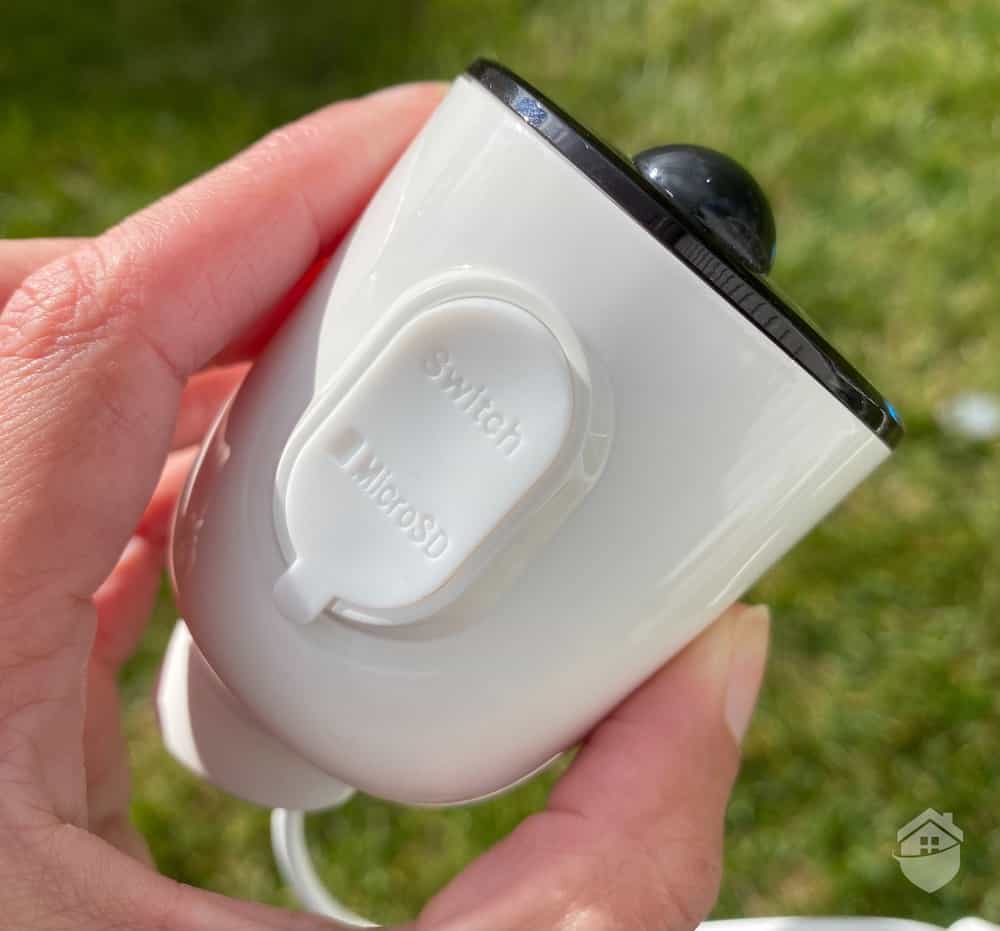
Reolink Argus 3 Micro SD Slot
We briefly touched on this above, but we’re going to take a deeper dive here. If you have a micro SD card handy, we highly recommend using it for Reolink cameras. Under this format, everything appears to us under one tab, making it easier to navigate from the initial motion notification to the video of the motion itself.
But here’s the good news: If you don’t have a micro SD card and don’t want to buy one, we found that Reolink offers some enticing cloud storage options that are affordable for almost everyone. In fact, there’s even a basic option for 7 days of rolling cloud storage, which we’ve seen in other cameras for a nominal monthly fee, but is totally free with Reolink.
Compare that, for example, to Swann’s $5-per-month plan, we’ve found Reolink’s $3.49-per-month cloud package to be quite reasonable, especially with everything the plan offers. You can see more Reolink plans in our breakdown below:
| Basic | Standard | Premier | Business |
|---|---|---|---|
| 1-camera limit | 5-camera limit | 10-camera limit | 30-camera limit |
| 7-day storage | 30-day storage | 30-day storage | 60-day storage |
| 1 GB of storage | 30 GB of storage | 80 GB of storage | 150 GB of storage |
| Free | $3.49 per month | $9.99 per month | $14.99 per month |
Without advanced features like person detection, 24/7 recording,5 and automatic zoom, we initially thought our experience with Reolink would be pretty dull. After all, there are literally hundreds of security cameras out there, which has led to lots of brands unveiling feature-heavy products to get an edge over the competition. Sometimes it’s hard to know where to start, how to choose the right security product, and how all this technology works.
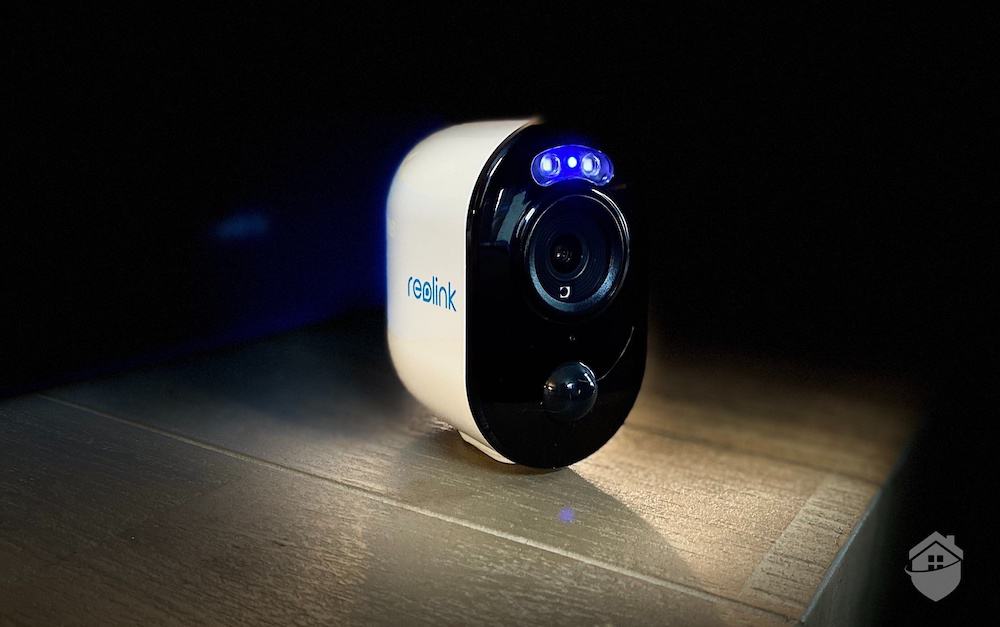
Reolink Argus 3 Closeup
Though its name is less recognizable than, say, Ring or Nest, Reolink packed a ton of cool features into their Argus 3 – features that can easily stack up to even the strongest rivals, including the similarly designed Pro 3 that we tested and unpack in our Arlo review.
Like the Argus 2 and Argus Eco that came before it, we believe flexibility is the Argus 3’s greatest asset. All things considered, we’re highly impressed with how Reolink Argus 3 handles the bare essentials of home security, and delivers high-quality, highly detailed video to help us protect our property and loved ones. For folks who value smart home security but would rather not pay “smart” prices, we think Argus 3 could be the camera for you.
Yes, you can definitely use Argus 3 indoors. But it’s recommended as an outdoor camera because of some of its more advanced features, like color night vision and the integrated spotlight. We’ve found that folks don’t usually need those features in indoor cameras.
Yes. It’s rated IP65, which is the mid-range category for weather protection. This generally means the camera will be protected from dust, wind, and rain, but for extreme weather events like flooding, all bets are off.
Since it’s a Wi-Fi camera, you might experience slowdowns and buffering with your Argus 3, depending on the speed of your Wi-Fi service. A great way to reduce some of those slowdowns is to keep your videos at “Fluent” instead of the full 1080p resolution. This way, you’re not pulling as much bandwidth from your Wi-Fi network, and videos tend to play smoother.
No. You can stick with local storage via a micro SD card and insert it directly into the camera. But if you’d rather save your recordings to the cloud, Reolink offers some pretty low-cost subscription plans, including the standard plan for $3.49 per month.
Yes. We were able to carry on a fairly clear conversation with the kids during our tests of Argus 3’s audio. We say “fairly clear” because we were still dealing with high winds, and that pesky wind noise did make it hard to hear the person outside on occasion.
Greenstar USA. (2020, March 11). What are the Benefits of Solar Home Security Cameras? Green Star Products, Inc.
http://www.greenstarusa.com/2020/03/11/what-are-the-benefits-of-solar-home-security-cameras/
PR Newswire. (2020, Oct. 13). Reolink Rolls Out Best Prime Day Deals (2020), Up to 25% Off on Security Cameras and Systems. Reolink Innovations Ltd. https://www.prnewswire.com/news-releases/reolink-rolls-out-best-prime-day-deals-2020-up-to-25-off-on-security-cameras-and-systems-301150656.html
Hu, J. (2019, Nov. 18) Solar Powered Security Camera Buyer's Guide: Top 8 Things You Need to Know. Reolink Buyers Guide.
https://reolink.com/solar-powered-security-cameras-buying-guide/
Cook, J. (2018, Sept. 11). The Right Tool for the Job: Passive and Active Infrared Sensors. Arrow Inc. https://www.arrow.com/en/research-and-events/articles/understanding-active-and-passive-infrared-sensors
Perry, T. (2020, Aug. 24). Which Smart Cameras Support 24/7 Continuous Recording? Smart Home Point. https://www.smarthomepoint.com/smart-cameras-24-7-support/